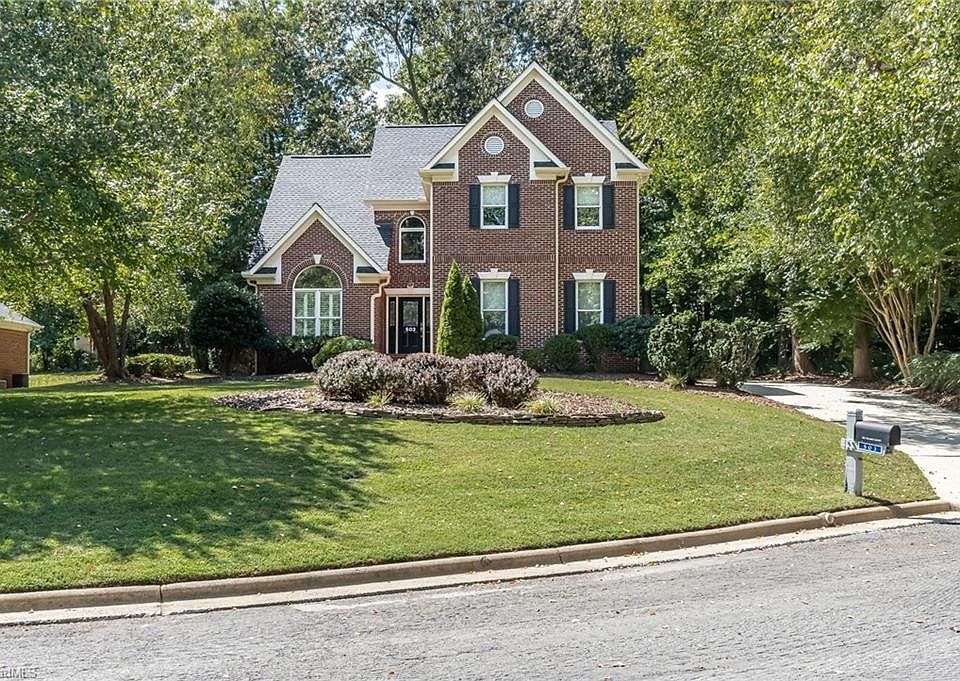

In November, AEP announced it was taking the Asset Health Center live to manage the transmission substations that connect its 34,000 miles of transmission lines, and Wednesday's announcement makes the technology available to transmission owners and operators on a commercial scale. utility AEP started in 2009 meant to turn the maintenance of multi-billion-dollar transmission lines, towers, substations and other gear from a passive and reactive process to an active, data-driven task. That’s the idea behind the Asset Health Center, a project with U.S. On Wednesday, it and ABB announced the next logical step in that process - moving into actively diagnosing and maintaining those assets in the field.
#VENTYX FOCALPOINT SUITE SOFTWARE#
Ventyx already makes software to help utilities and energy companies predict, plan and execute giant power generation and transmission projects. How do ABB’s OT and Ventyx’s IT combinations stack up against the competition? This week, the companies highlighted three projects that help explain just how they’re approaching the grand smart grid integration game.ġ) The Asset Health Center: Taking aim at condition-based O&M and capital costs. Power equipment and grid giants such as Siemens, General Electric, Schneider Electric, Alstom and Toshiba/Landis+Gyr are in the game, as are grid integration contenders across the globe, such as IBM, Cisco, Oracle, SAP, SAS, Accenture, Capgemini and Infosys, to name a few. This is a common refrain in the smart grid world, where every big vendor is promising similar new integrated functionality and data analytics, whether through in-house development, mergers and acquisitions, or both. At the same time, it’s branching into managed services and working with a variety of system integration partners to support big data collection and analysis and mobile and cloud-hosted services, Ray added. The company is also ending its legacy practice of custom-designing software for its multitude of clients, in favor of a unified architecture to support IT/OT integration, he said. In response, Ventyx has reorganized its business from top to bottom, shedding many of the 48 product families it was supporting when he joined to concentrate on core industries including oil and gas, mining, and, of course, energy and utilities, he said. Ventyx CEO Jeff Ray, who joined the company in June 2012, said during a Wednesday press and analyst lunch briefing that over the past year he’s had to face some serious customer concerns about the company’s path to upgradeability for its legacy software products, as well as the progress of the ABB OT and Ventyx IT merger.

At this week’s Ventyx World 2013 customer conference in San Francisco, smart grid industry watchers had a chance to catch up on the latest developments in this massive project - as well as to learn how Ventyx and ABB are planning to move past the integration stage, and toward a unified software and data analytics approach. At the same time, as with all such massive technology and organizational integrations, things haven’t always gone smoothly.

Since then, the combined companies have rolled out several new products addressing both the IT and the OT sides of the smart grid equation. That’s when the Swiss grid giant spent $1 billion to buy Ventyx, an Atlanta-based company with a suite of software, collected via acquisitions and internal development, for power plant and transmission grid project planning, grid load forecasting, network optimization and business analytics. Back in 2010, ABB took a big step toward taking on the challenge of integrating back-office information technology (IT) and grid-side operations technology (OT) into a common architecture for the smart grid.


 0 kommentar(er)
0 kommentar(er)
